
Fortune News | Apr 13,2019
Aug 8 , 2020
By Christian Tesfaye
This year, Ethiopia may have had a taste of what a varied approach to the provision of education might have looked like.
Following the first case of the Novel Coronavirus (COVID-19) in Ethiopia, all schools in the country were closed to enforce the social distancing guidelines of health experts. This was in March, and the schools remained shut for the remainder of the academic year. Barring a couple of grades, students were allowed to pass to the next level.
For most, this was close to four months of lost school. For a tiny proportion of students though, classes continued. Making use of the internet, they interacted with their teachers for homework and assignments. Some even took classes through video conferencing. Since the provision of education through computer screens is relatively new, there were no doubt growing pains leading to compromises on assignments and student participation. However, education continued, unlike for the majority of children and teens across Ethiopia.
This was the starkest reminder of the consequences of inequality, where access to basic goods was de facto denied to the poor. If knowledge and skills were a commodity that could be measured in figures, students from lower-income households now effectively have less of it.
It is the accumulation of these seemingly small things - the expensive books, the relatively well-cultured teachers, the exposure to liberal arts - that give lopsided advantages to children lucky enough to be born into higher-income households. They are born with better tools for the accumulation of knowledge.
It is to address this difference in opportunities that the national curriculum was introduced. From France to Australia, even rich countries make use of it. Ethiopia is no different.
Under ideal conditions, allowing different localities or even individual schools to choose their own curriculums is a far better proposition.
This is most important in responding to the specific circumstances and needs of students. Curriculums are far better designed by those that are close to the students themselves instead of a national government that will attempt to standardise the curriculum according to preconceived notions of what makes for good education. In some respects, these notions could also be in anticipation of the type of development the nation needs – sacrificing what may be individual choices for the common well-being of the society.
A national curriculum will also fail to anticipate the specific challenges of education and is slow to adapt to the need for new skills and methods of knowledge-making. Akin to the provision of most public goods, education is better provided through competitive systems that reward the best methods.
But many countries around the world cannot adopt such systems just yet. Ethiopia is a great example. It may be one of the fastest developing countries in the world, but it also remains one of the poorest. This means that many basic needs, including education, cannot be met by many households without subsidies from the government or donors.
There is thus a national curriculum that every student has to go through to qualify for college entrance exams. This is effectively the democratisation of the provision of education and, thus, opportunities.
This is because allowing localities or schools to come up with and teach according to their own curriculums would result in a heavily lopsided provision of quality education. Only a small majority of schools and localities have the resources to ensure that students get the quality education that can make them successful in the labour market.
A substantial number of students would fall by the wayside, because they will be incapable of passing college entry exams. With just a few students from elite schools able to join higher education institutions, the need for introductory and preparatory courses from colleges and universities would also be removed. This would be yet another barrier to the masses of students that will not receive an adequate primary education for the simple fact that they were born into poverty.
The national curriculum helps to cushion the impact of poor education provision by democratising it. It can use it to measure capacities at the national level through standardised testing to gain entry into colleges. The needed quality education could be provided then with the inclusion of introductory and preparatory courses to fill in the gap created by a nationally standardised, non-adaptive and rigid curriculum.
Quality will be compromised, but it also helps drag in students - into colleges and the labour market - that nonetheless would have been left behind. It exposes them to opportunities that they could not have possibly been exposed to as a result of their poverty.
Ultimately, even countries such as Ethiopia need to have curriculums that are more attuned to respond to the evolution in the kind of skills needed and the methods of knowledge-making in the labour market. But that should be the destination. The path should be a national curriculum carefully designed by the state to ensure inclusivity.
PUBLISHED ON
Aug 08,2020 [ VOL
21 , NO
1058]


Fortune News | Apr 13,2019
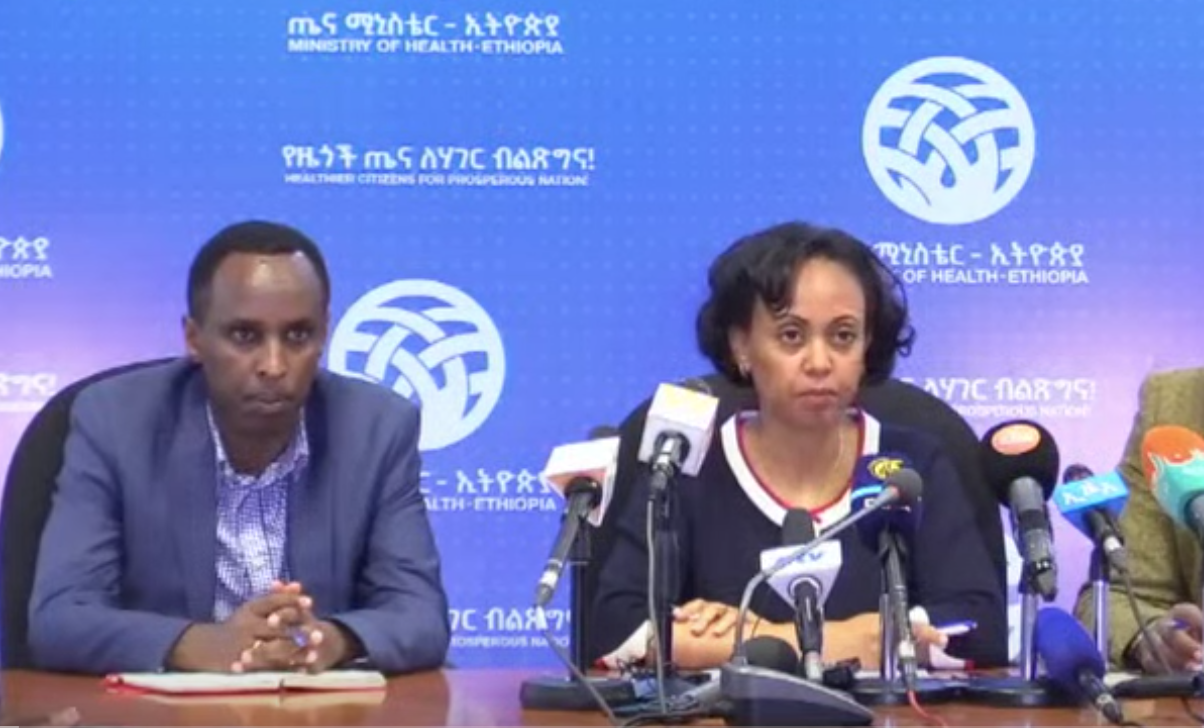
Fortune News | Mar 13,2020

Fortune News | Nov 27,2021

View From Arada | Mar 02,2019
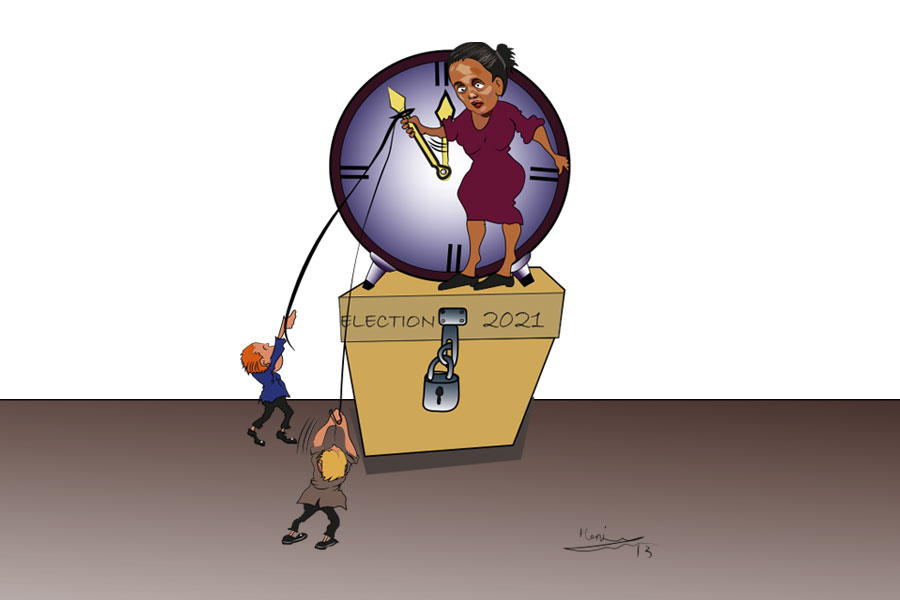
Editorial | May 15,2021
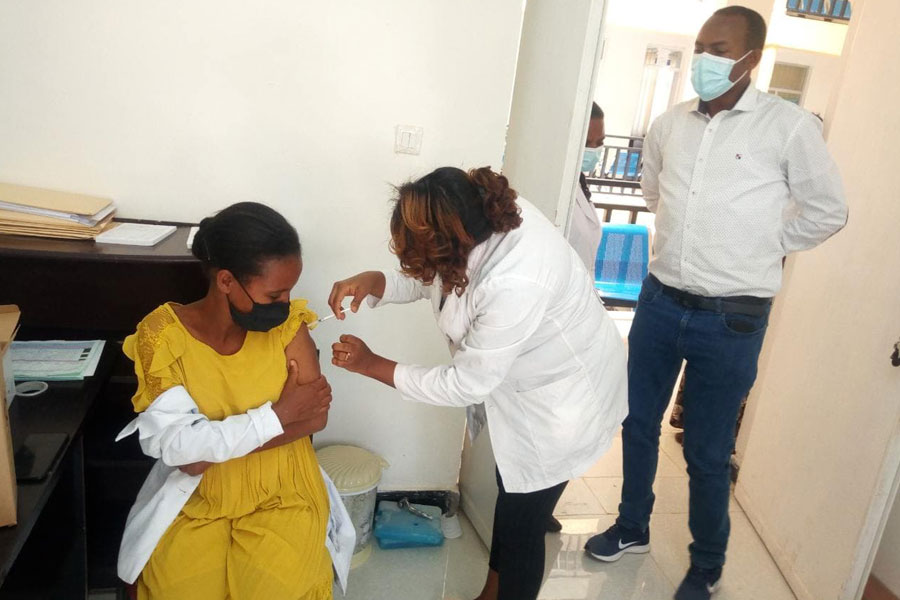
Fortune News | Apr 10,2021
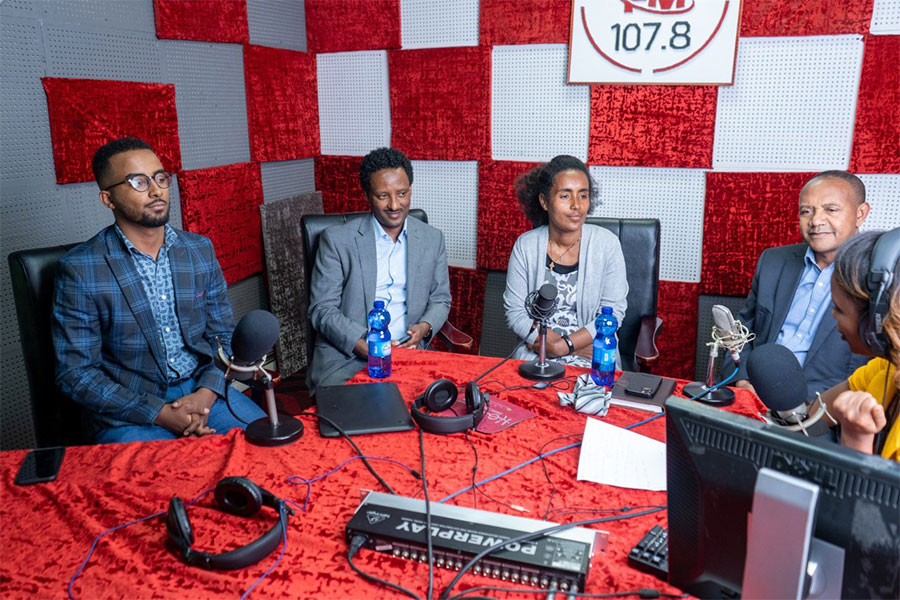
Advertorials | Mar 06,2023
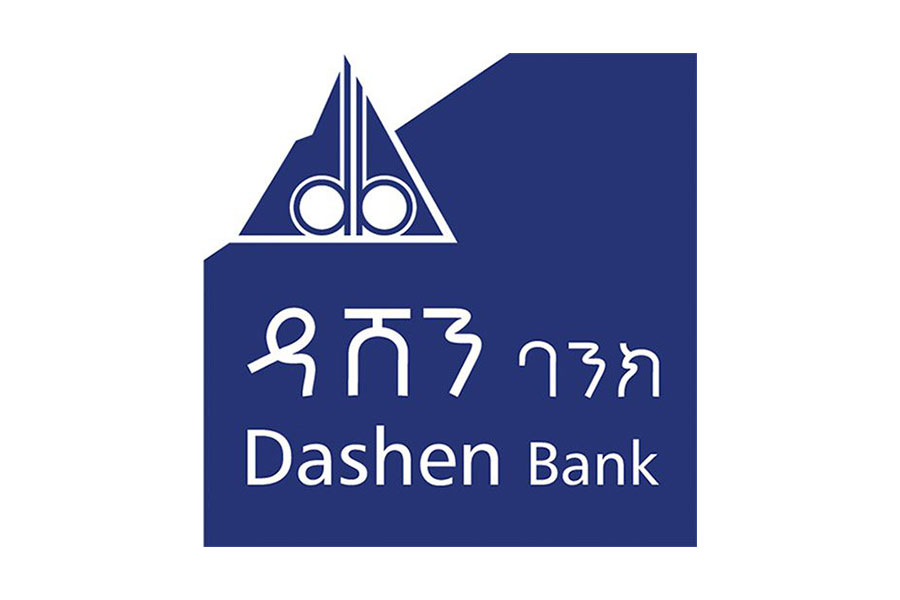
Radar | May 07,2022

Editorial | Oct 20,2024
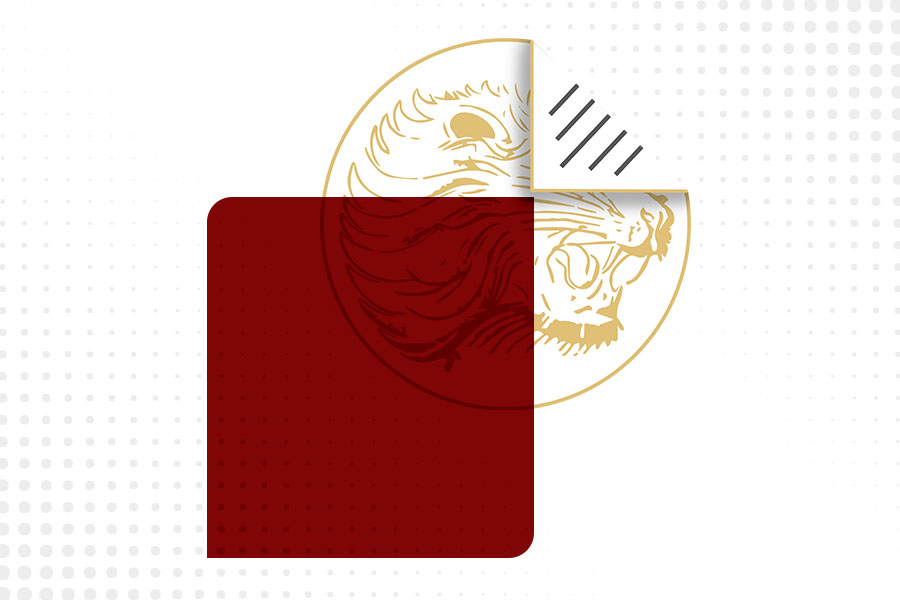
Radar | Apr 03,2021

Photo Gallery | 170458 Views | May 06,2019

Photo Gallery | 160695 Views | Apr 26,2019
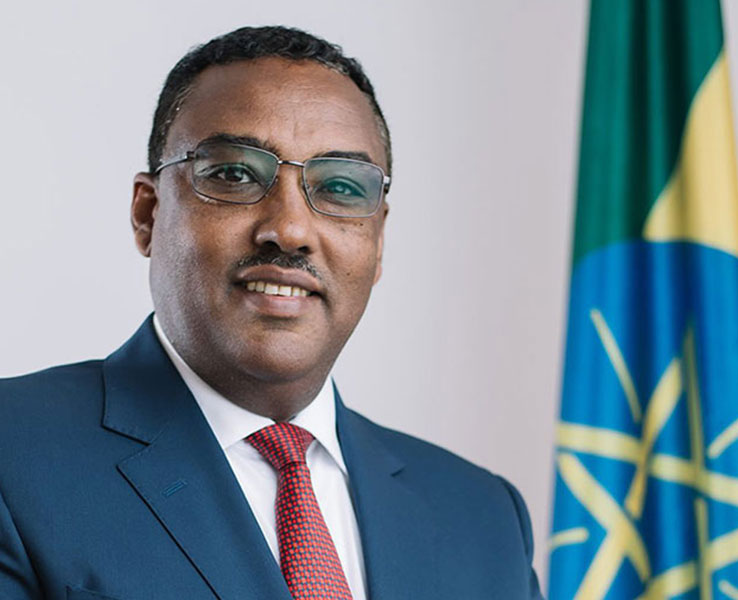
Photo Gallery | 150335 Views | Oct 06,2021

My Opinion | 136248 Views | Aug 14,2021
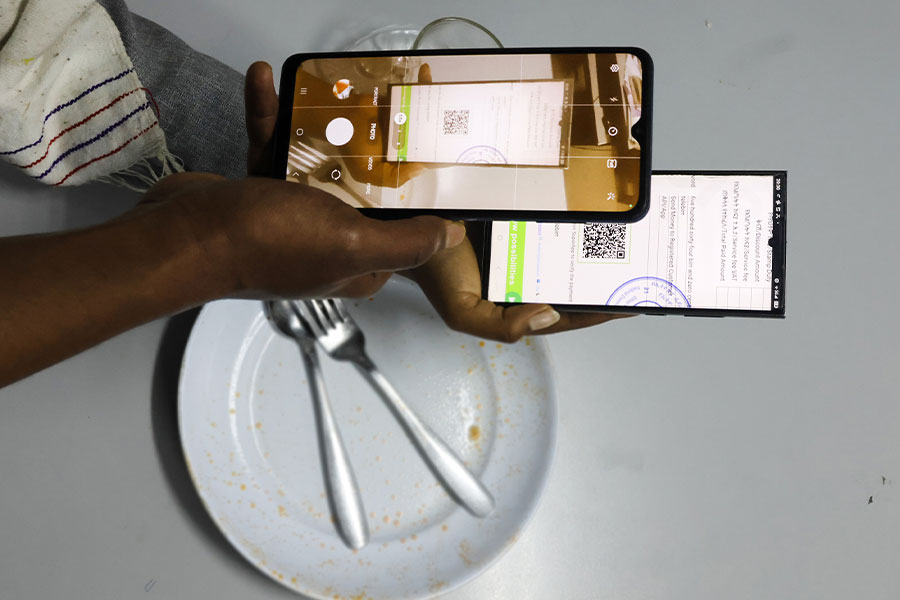
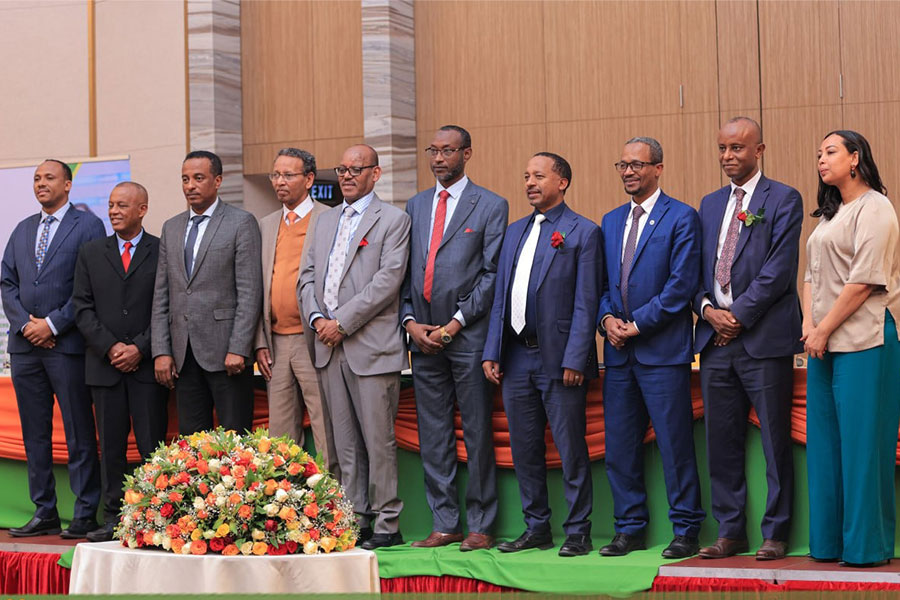


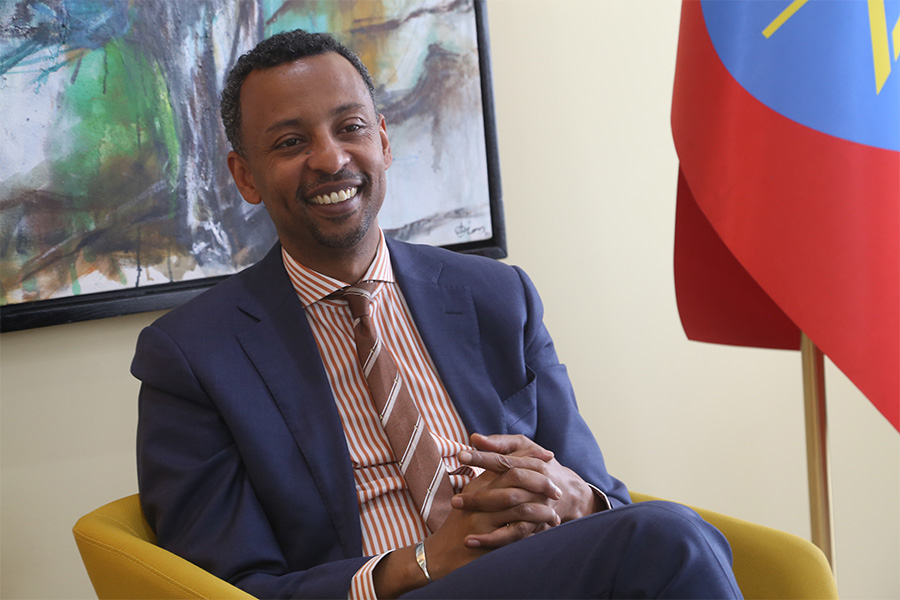
Dec 22 , 2024 . By TIZITA SHEWAFERAW
Charged with transforming colossal state-owned enterprises into modern and competitiv...
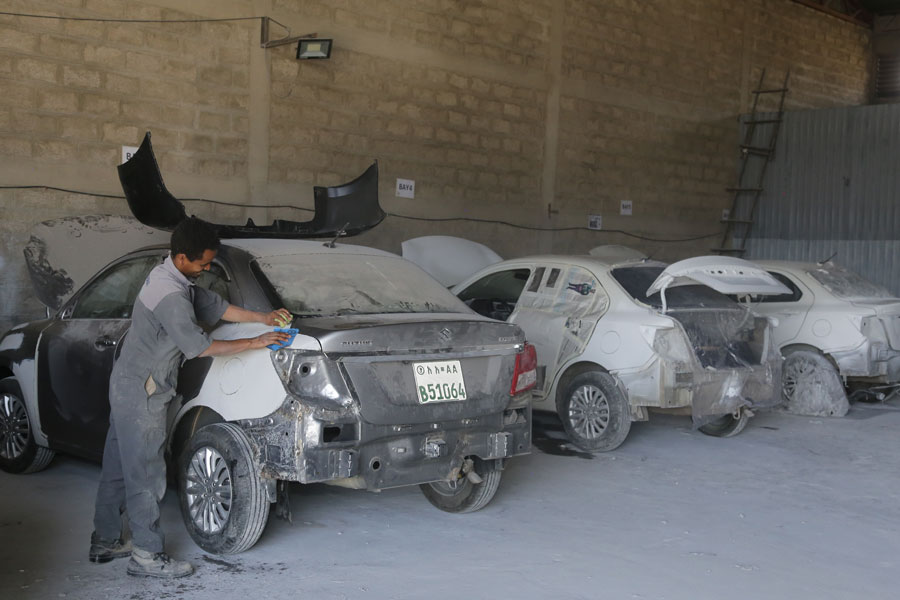
Aug 18 , 2024 . By AKSAH ITALO
Although predictable Yonas Zerihun's job in the ride-hailing service is not immune to...
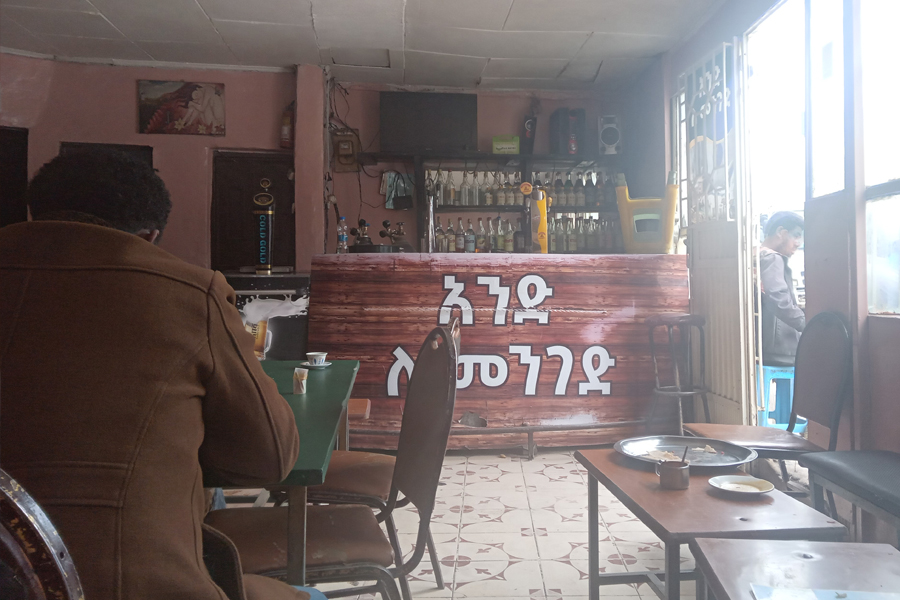
Jul 28 , 2024 . By TIZITA SHEWAFERAW
Unhabitual, perhaps too many, Samuel Gebreyohannes, 38, used to occasionally enjoy a couple of beers at breakfast. However, he recently swit...
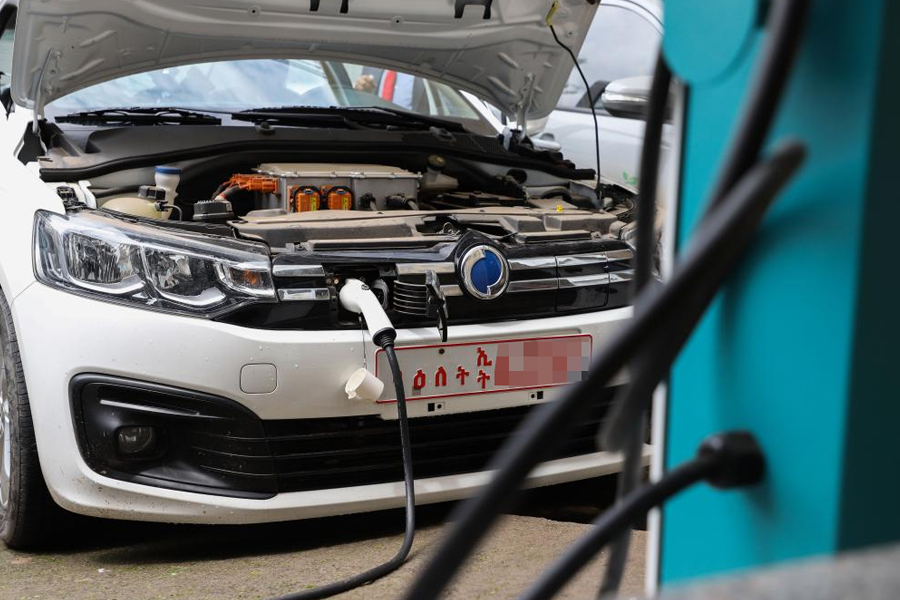
Jul 13 , 2024 . By AKSAH ITALO
Investors who rely on tractors, trucks, and field vehicles for commuting, transporting commodities, and f...
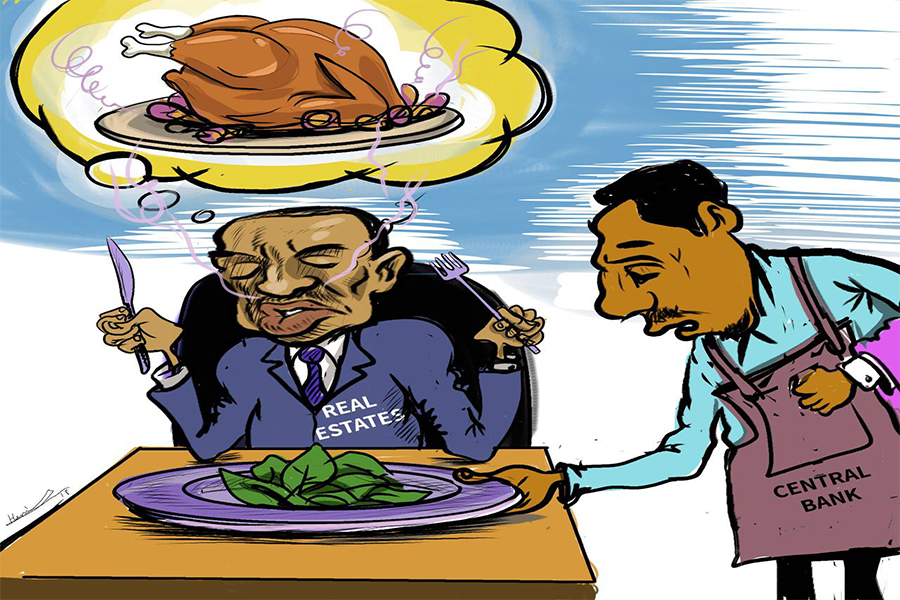
Oct 4 , 2025
Eyob Tekalegn (PhD) had been in the Governor's chair for only weeks when, on Septembe...
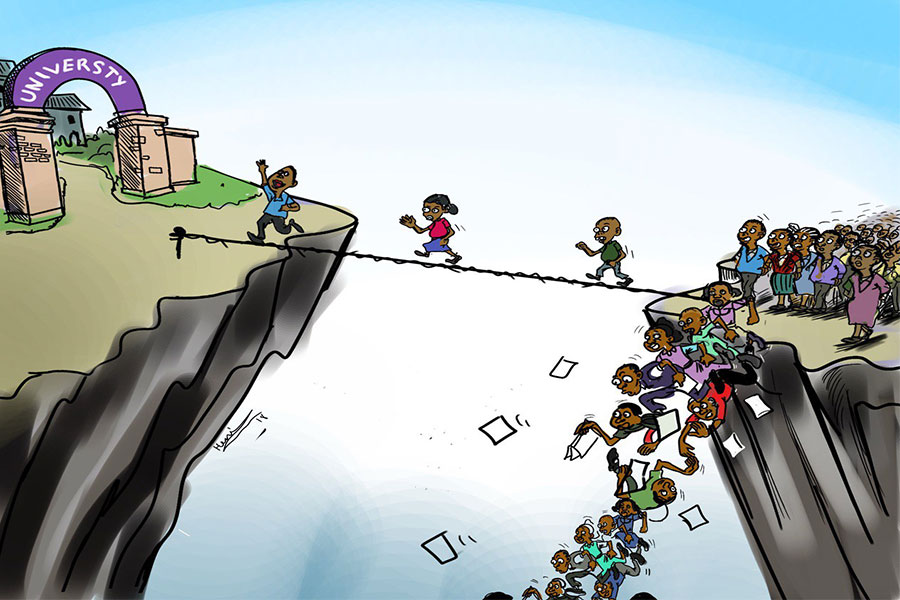
Sep 27 , 2025
Four years into an experiment with “shock therapy” in education, the national moo...
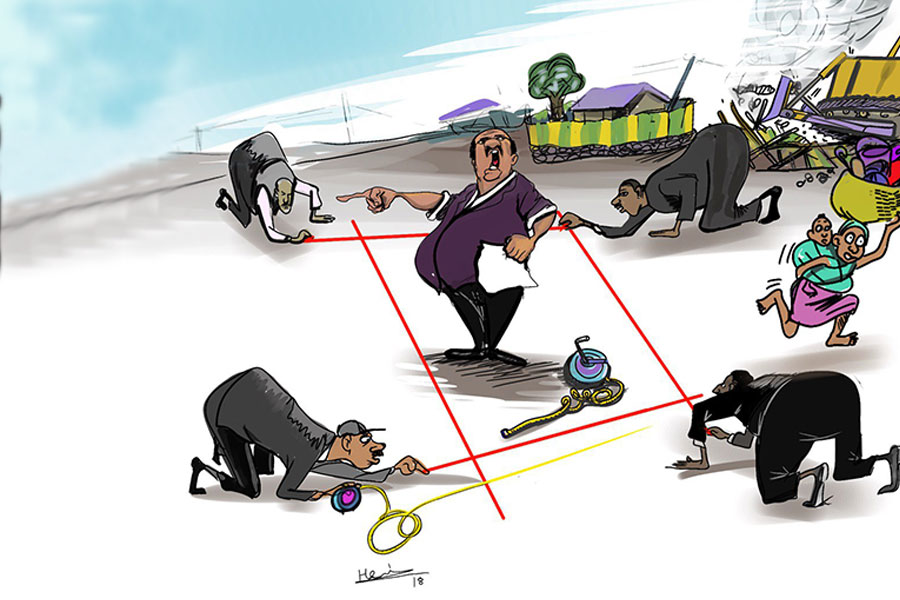
Sep 20 , 2025
Getachew Reda's return to the national stage was always going to stir attention. Once...
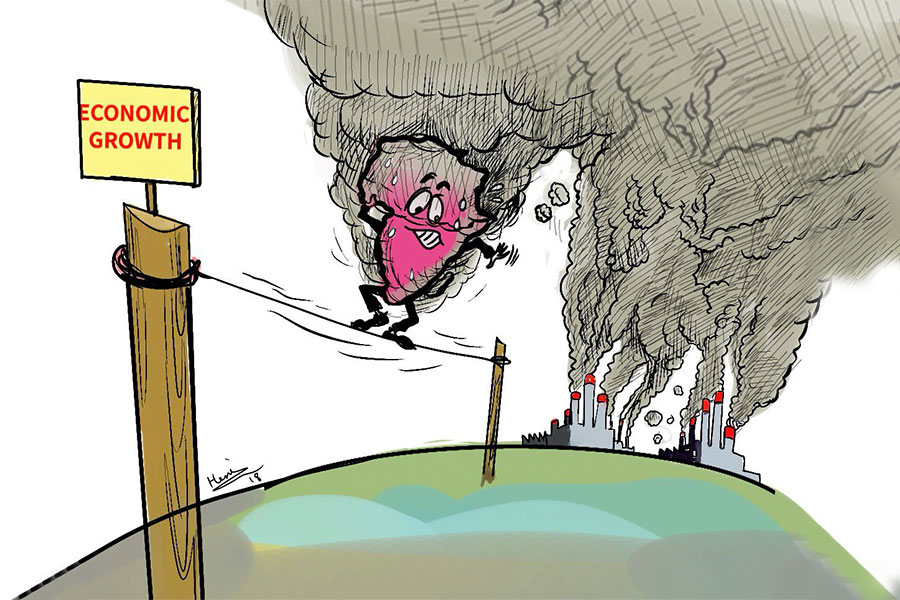
Sep 13 , 2025
At its launch in Nairobi two years ago, the Africa Climate Summit was billed as the f...

Oct 5 , 2025 . By NAHOM AYELE
In Meqelle, a name long associated with industrial grit and regional pride is undergo...

Oct 5 , 2025 . By BEZAWIT HULUAGER
The federal government is set to roll out a new "motor vehicle circulation tax" in th...
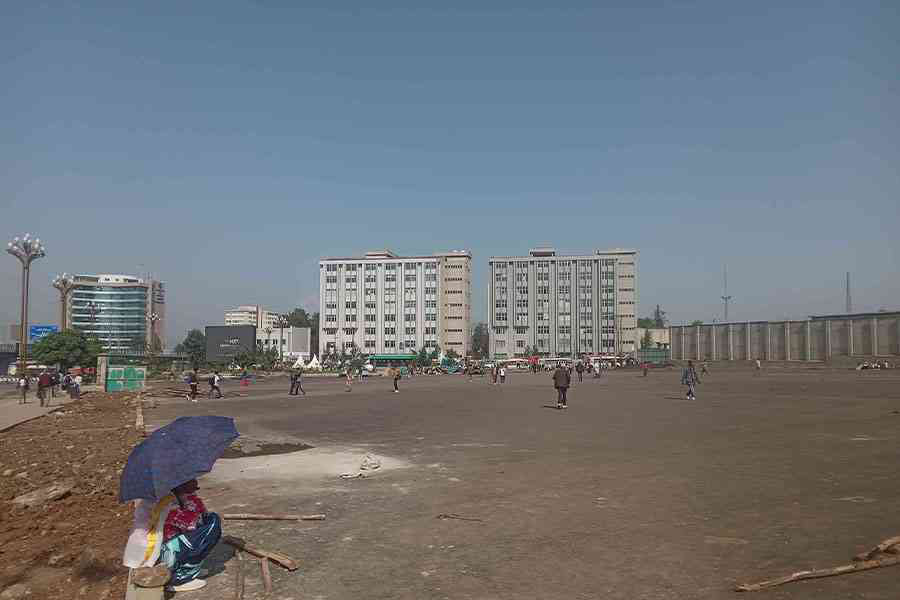
Oct 5 , 2025 . By NAHOM AYELE
The Bank of Abyssinia is wrestling with the loss of a prime plot of land once leased...

Oct 5 , 2025 . By BEZAWIT HULUAGER
The Customs Commission has introduced new tariffs on a wide range of imported goods i...